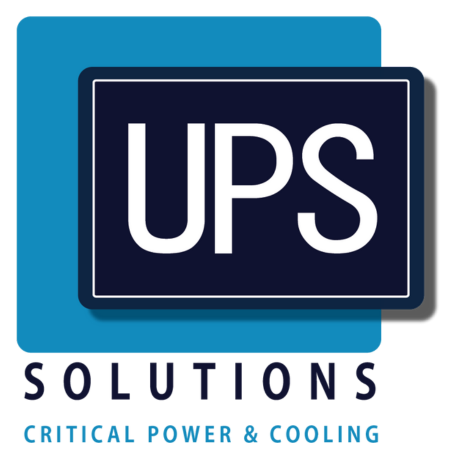Uninterruptible Power Supply (UPS) systems are exceptionally effective and provide continuity for modern businesses even during unexpected power outages. However, like any complex system, UPS systems can and do encounter a number of technical issues that may disrupt their functionality.
In this article, we’re going to walk you through some common issues that can plague a UPS system and provide you with practical solutions to alleviate them…
Understanding Your Uninterruptible Power Supply (UPS) System
Before we address some of the most common issues with UPS systems, it will help to have a basic understanding of how they work…
An uninterruptible power supply acts as a backup power source, thus providing temporary power during electrical outages or fluctuations.
Your typical UPS system consists of several components:
- A Rectifier.
- Batteries.
- Inverter.
- Static bypass switch.
The rectifier converts incoming AC power to DC power to charge the batteries, while the inverter converts the DC power back to AC power to supply the connected equipment.
Troubleshooting Common UPS System Issues
Now, let’s take a closer look at the most common UPS system issues and how to handle them:
- Power Failure: One of the most common issues with UPS systems is a complete power failure. This can occur due to utility outages or improper electrical connections. To resolve this, check that the power supply to the UPS is securely connected. If the problem persists, contact a qualified electrician to inspect the electrical connections – or reputable UPS specialists like the team at UPS Solutions.
- Battery Failure: UPS batteries will begin to degrade over time and may fail to hold a charge or provide adequate backup power. Signs of battery failure include frequent alarms, reduced runtime, or the UPS not turning on during an outage. To alleviate these issues, simply replace the batteries with compatible ones that come recommended by the UPS manufacturer.
- Overload Condition: When the connected equipment draws more power than the UPS can handle, it may trigger an overload condition, invariably leading to a system shutdown or erratic behaviour. This is why it is paramount that you identify the power requirements of your equipment and ensure that they are indeed within the UPS's capacity. If necessary, redistribute the load or consider upgrading your system with a higher-capacity UPS.
Step-by-Step Guide to Diagnosing Your UPS Problems
Not all UPS problems are easy to spot! Here’s a step-by-step guide to help you identify them:
- Check Connections: Verify all power and data cables are securely connected to the UPS and the connected equipment. Loose connections can cause intermittent power issues.
- Review Error Messages: UPS systems often display error codes or messages to indicate specific problems. Consult the UPS manual or manufacturer's website to interpret these messages and find the appropriate UPS system solutions.
- Monitor Battery Health: Utilise the UPS's battery monitoring software, if available, to assess the battery's health, runtime, and charging status. This information will help you determine if you need UPS battery solutions.
- Perform a Self-Test: Most UPS systems feature a self-test function to evaluate their internal components and battery health. So, if you do encounter any problems, be sure to initiate a self-test and observe the results for any abnormalities.
Comprehensive UPS System Solutions
- Regular Maintenance: You should implement a preventive maintenance schedule to ensure that your UPS system always functions optimally. This will include cleaning the system, inspecting the connections, and testing your batteries regularly.
- Redundancy and Scalability: We also recommend that you consider implementing redundant UPS systems or scalable solutions to provide additional backup power and accommodate future growth.
- Environmental Monitoring: You can also choose to install temperature and humidity sensors to monitor the operating conditions of the UPS system and its surroundings. This helps identify potential issues before they escalate into costly repairs or irreparable damages.
Enhancing UPS Performance and Reliability
- Load Balancing: Distribute the power load evenly across multiple UPS units, if applicable. This will ensure that each UPS operates within its capacity and enhances your overall system performance.
- Surge Protection: Install surge protection devices (SPDs) to safeguard the UPS system and all of your connected equipment from transient voltage spikes. SPDs provide additional layers of protection beyond what the UPS alone offers. You can never be too careful!
FAQs
Q: How Do I Perform Basic Troubleshooting on My UPS?
A: Begin by checking the power connections, reviewing any error messages, and performing a self-test. If the issue/s persist, you should consult the UPS manual or contact the manufacturer for further guidance. Alternatively, you can contact UPS Solutions for expert guidance.
Q: What Are the Signs That My UPS Battery Needs Solutions?
A: So, how can you tell if your battery needs replacing? Some tell-tale signs that you need UPS battery solutions include frequent alarms going off, reduced runtime, or the UPS system itself not turning on during an outage. If you notice any of these signs, you will likely need to replace your batteries.





